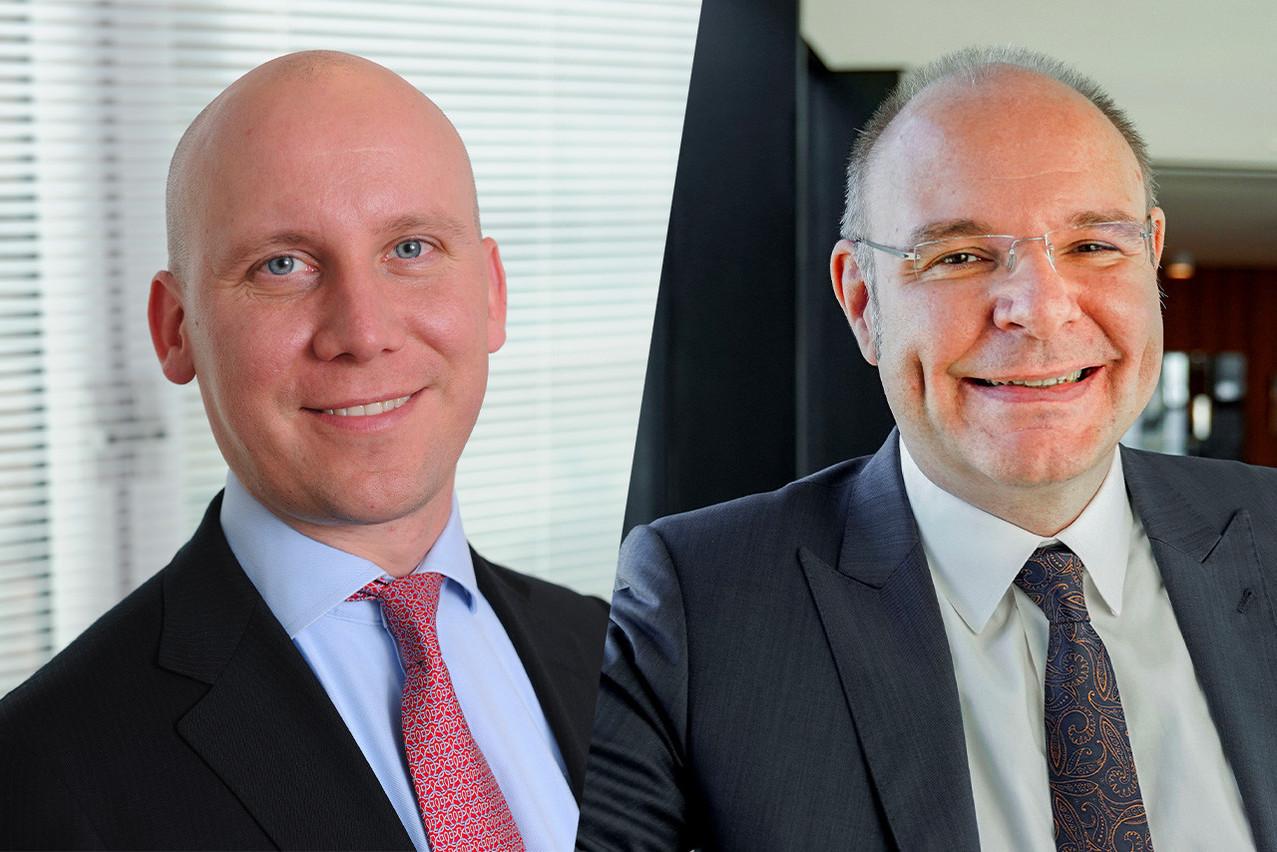In partnership with AIMA (International Asset Management Association), EY has published a brochure dedicated to the reform of the Eltif (European Long-Term Investment Fund) regime. Norman Finster, partner and alternative investments leader at EY and Jiří Król, deputy CEO, global head of government affairs at AIMA, discussed the progress made on an investment vehicle that had not yet found its cruising speed.
Aimed at regulators, professionals and investors, the brochure provides a summary of the main features of the new Eltif regime and aims to demonstrate its full potential to channel private equity and private credit investments from individuals and professionals into sectors such as infrastructure, real estate and SME finance.
For them, the original 2015 regulation somewhat missed these targets. “To date, only 84 alternative investment funds (AIFs) managing relatively small assets have been authorised as Eltifs in four jurisdictions, namely Italy, France, Spain and Luxembourg. The adoption of the Eltif has been hampered by overly complex and restrictive rules, in particular with regard to portfolio composition and distribution,” said the authors.
The authors welcomed the EU’s ability to reform what didn't work the first time around. “Even if we don’t get it right the first time, we can have another chance to do it in a relatively short period of time. There is a constant in Europe, a desire to improve things, and I think we have succeeded with the second iteration of Eltif in getting it right,” detailed Król, who gives the European legislator an A+.
Flexibility on top
What has been more successful this time?
The new text introduces greater flexibility for the vehicle in terms of eligible assets, portfolio composition, distribution and authorisation, as well as more flexible requirements for Eltifs only marketed to professional investors.
“The framework is now much more flexible and allows for adaptation to the practices of asset management professionals, such as the use of leverage. The new framework also allows for a wider selection of strategies such as the use of master-feeders and fund-of-funds structures,” summarised Finster and Król. “Flexibility that does not come at the expense of investor protection,” they insisted. “You get a product that can now give less sophisticated clients access to the private market universe, which is a universe that the retail or semi-professional investor doesn’t really have easy access to, really mobilising other parts of the capital in the EU.”
Reaching a new audience
But will this flexibility be enough to get the market off the ground? Not necessarily. There are still many problems, according to Finster and Król.
On the investment strategy side, the market seems to be mature, they noted. “The private market sector, private equity, private debt or real estate, has reached its maturity. We now need to understand how we can bring this specific product, Eltif, to this sector, which has its own design and retail distribution constraints.” This does not seem insurmountable given the experience accumulated in the financial place with Ucits and alternative structures.
One of the major trends that is emerging is the desire of the largest private market platforms to access the non-professional market, a space between the pure retail market and high net worth individuals, but which is not part of the professional space. Reaching this space will require the development of more liquid products. “A product similar to professional vehicles will not satisfy this audience.” Adaptability will be key to making the product popular with the widest possible audience.
What concerns Finster and Król more is the distribution aspect. “We’ll have to train salespeople so that they can offer this product to the end investor. If you go to your local bank today, you won’t necessarily find Eltifs on the shelves, let alone people who can talk about it. This is a handicap if we want Eltifs to be a success in the retail market. Success will not come naturally just because we have this regulation. It will take good preparation.”
The European Long-Term Investment Fund brochure from EY and AIMA is available .
This story was first published in French on . It has been translated and edited for Delano.
